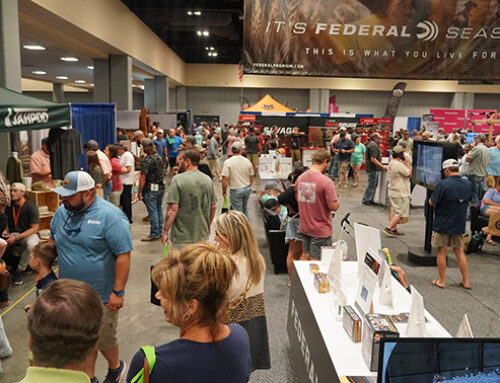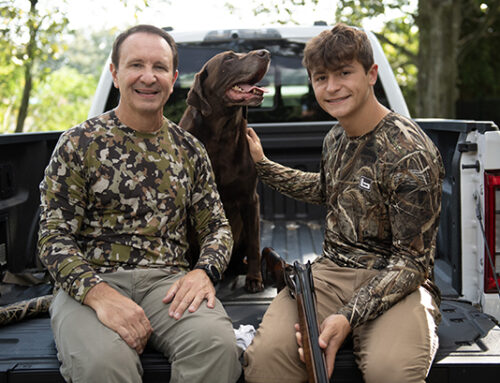Hen House Supersite Overflowing with Mallards

By Paul Wait
If you were a hen mallard looking for a nice rental place last spring near Colonsay, Saskatchewan, to lay your eggs, you might have found a duck’s version of a “No Vacancy” sign at Delta Waterfowl’s Hen House supersite there.
When Travis Quirk, Delta’s Hen House delivery specialist, performed maintenance checks this winter at the 200-structure supersite, he found use rates of more than 100 percent in some areas.
How can that be?
Quirk reported that several Hen Houses were used twice, and others, even three times by nesting hens. Overall, the site’s usage rate checked in at 87 percent.
“Considering this was only the second nesting season for this supersite, that usage rate is phenomenal,” said Matt Chouinard, senior waterfowl programs manager for Delta Waterfowl.
Many of Delta’s Hen House sites boast use rates of 60 to 80 percent, but it often takes a few years to build up to a high occupancy rate. Delta places Hen Houses in areas where nest success is low because of limited nesting cover and high predation rates. In some intensely farmed areas of the prairie, nest success of ducks laying eggs in the grass is less than 5 percent. Hen Houses dramatically improve nest success, with studies showing 60 to 90 percent hatch rates.
Clearly, the Colonsay area attracts a lot of nesting mallards.
Several structures from the supersite established in 2015 were damaged by shifting ice. Quirk and Delta fixed or replaced those, and then installed 100 new Hen Houses to ensure the area will produce even more ducks for this year’s fall flight.






I have 21 mallards and can’t get any of them to lay. It might be because they are under a year old, but I don’t know for sure. Is there a set of instructions on how to build one of these nests? Please call me at anytime if you need to. I barely check my email. Thank you.
Korey,
Here’s a link with instructions on how to build, install and maintain your hen house: https://deltawaterfowl.org/hen-houses/. Please let us know if you have any other questions.
Use landscape cloth made of banana peelings. You can buy that at any landscape supply facility. Use that for liner rather than grass. Lasts for about 5 years. Then remove and reline again. Place soft grass nesting materials inside each nesting year and replenish. Stainless steel pole for installation with wood cradle. They really work at my place in Wisconsin. Email me at linnduesterbeck@gmail.com for questions